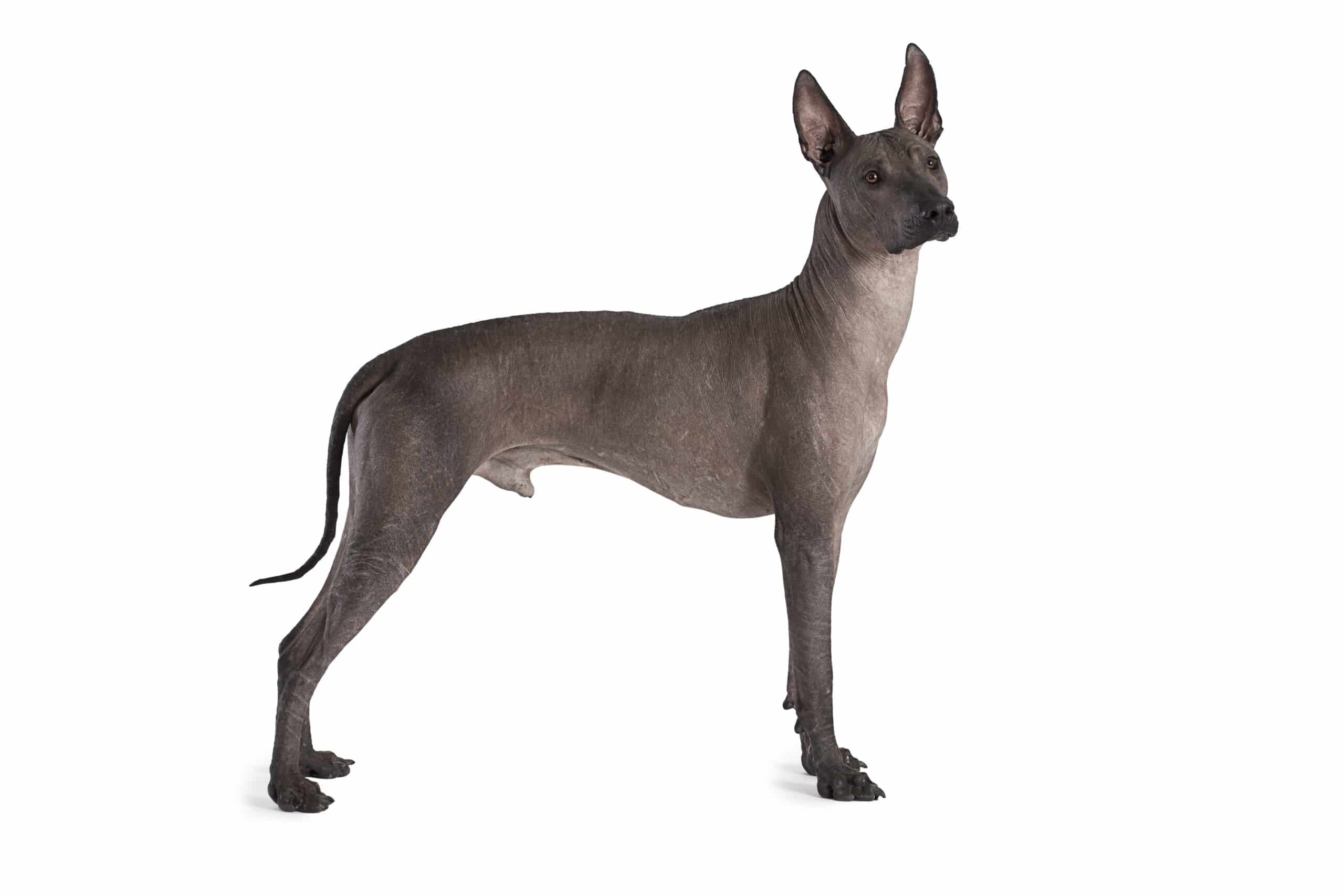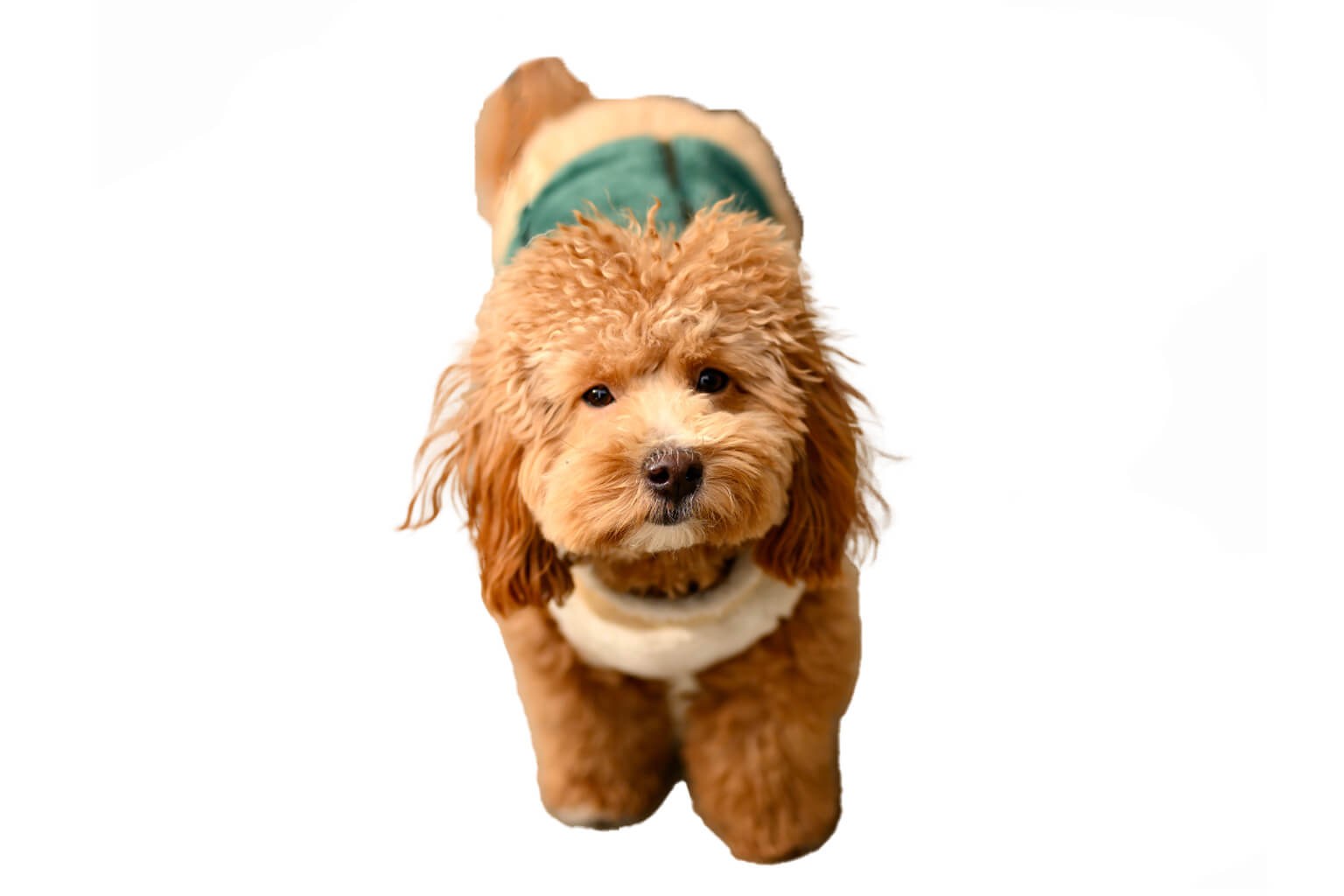Slovakian Hound
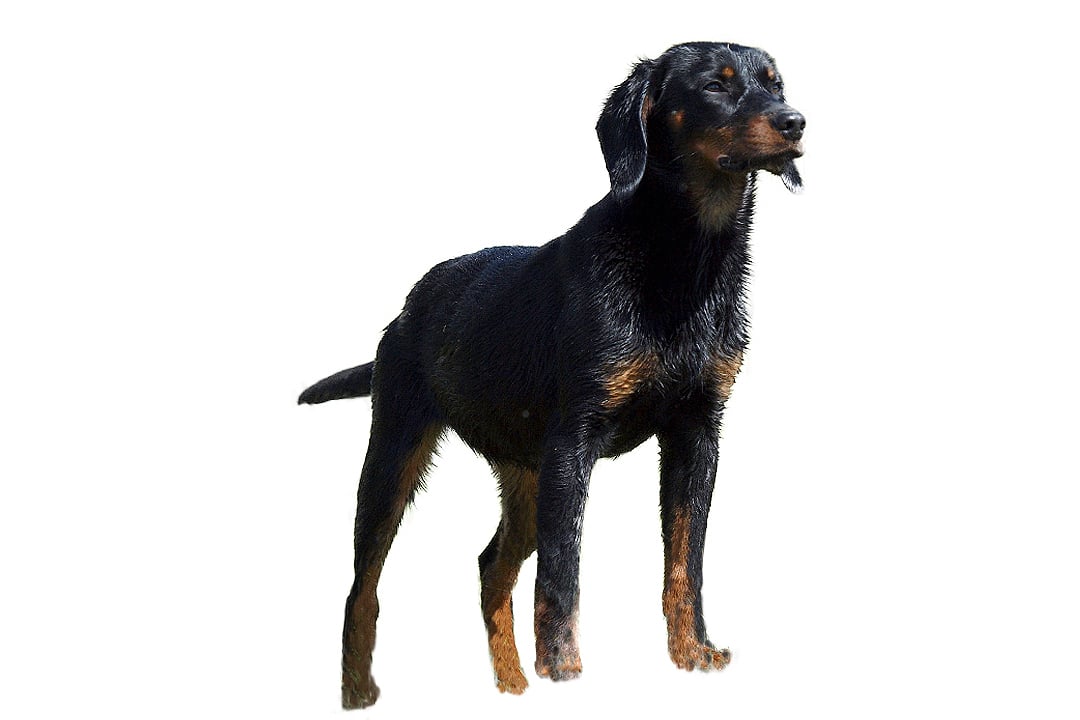
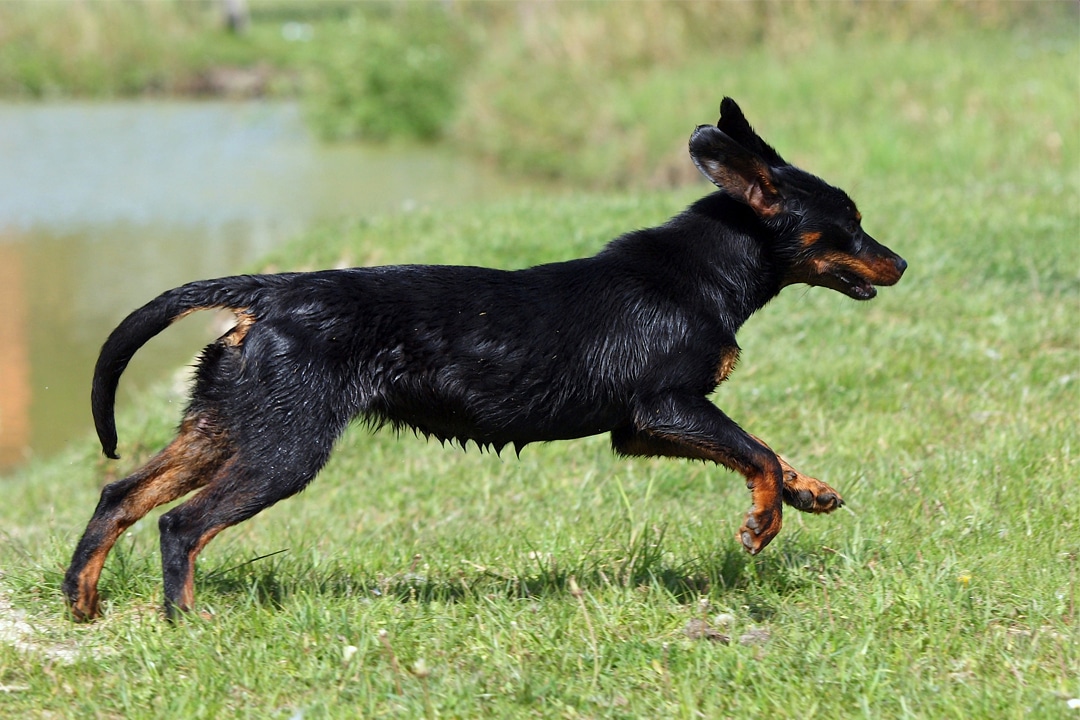
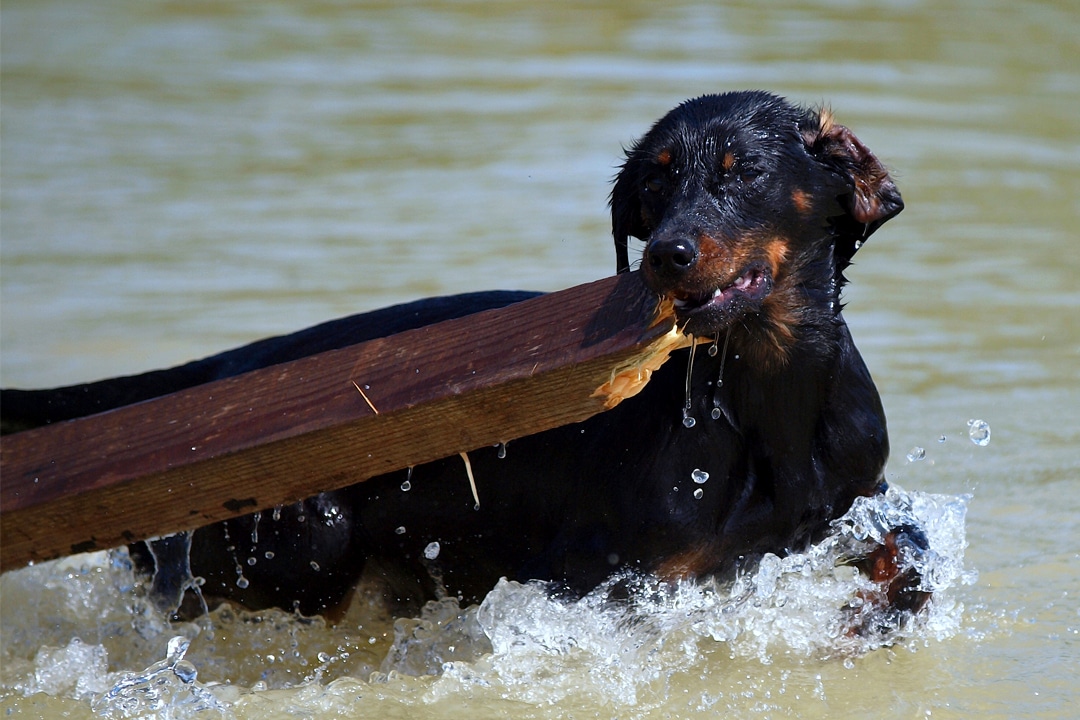
Temperament:
The Slovakian hound - also known as the Slovenský Kopov - is not a dog for everyone. This beautiful four-legged friend has a strong hunting instinct and can be very stubborn. However, with the right leadership, it blends in well with family life and is a loyal companion in everyday life.
Characteristics
The Slovakian hound is known to be very self-confident, stubborn and stubborn. The breed is therefore not suitable for beginners. Reputable breeders only give their puppies to people with a hunting license, as this breed absolutely must be used for hunting.
The intelligent dog can assess situations very well, make the right decisions and act independently. This is a great advantage when hunting. However, these characteristics also help the Slovakian hound to see through its human and take advantage of their inconsistency. He can be quite cheeky, especially as a young dog, and likes to test whether set boundaries really apply to him. However, if you manage to stand up to him and get him to work as a team through calm and experienced leadership, he is a wonderful companion.
When hunting, he lets the hunter know by barking loudly when he is chasing game and is completely in his element. He literally blossoms during hunting work. A well-worked Slovakian hound is also a pleasant family member at home. He enjoys spending time with the children and is friendly and affectionate.
The males of this breed reach a shoulder height of 45-50 cm, the somewhat smaller females 40-45 cm. They are therefore medium-sized dogs and weigh between 15 and 20 kg. Their build is rather slender, but at the same time very strong and robust. The Slovakian hound has a somewhat rectangular appearance. The back is rather long in relation to the legs. The tail hangs down under the back. It is only carried upright when excited. The ears are of medium length and lie flat against the head.
The 2-5 cm long coat of this breed is always black with brown to mahogany-colored markings on the limbs. It is slightly longer on the back, neck and tail than on the rest of the body. The coat of the Slovakian Hound is smooth and dense. It consists of undercoat and topcoat.
Coat care:
Shedding:
Energy level:
Trainability:
Children suitable:
The right food
When choosing food, make sure that it contains high-quality ingredients, is balanced and meets your dog's requirements. Age, size or weight, activity and health status play an important role. You should follow the manufacturer's recommendations for the amount of food.
Treats should only be fed in moderation and deducted from the basic diet to avoid obesity.
Puppies can be fed 4-6 times a day. The number of meals should be gradually reduced to 2 per day until the dog is fully grown. A rest period should be observed after meals.
Fresh drinking water should be available at all times.
Health & Care
With its short, smooth coat, the Slovakian hound is very easy to care for. The coat does not require any special care. Occasional brushing of dead hair is sufficient. This may be necessary more frequently, especially during the seasonal change of coat. If the dog is very dirty, it can also be bathed with dog shampoo.
Like any dog, the Slovakian Hound should be accustomed to having its eyes, ears and teeth checked and cleaned as necessary. The length of the claws should also be checked and shortened regularly to avoid pain when running. When shortening the claws, however, you must be careful not to cut them too short - this is very painful for the dog and can even lead to bleeding. If you don't feel confident doing this yourself, you should have it done by a vet or a dog groomer.
Suitable accessories
A normal brush is sufficient for the external care of the Slovakian hound. A good dog shampoo and claw clippers as well as tick tweezers, toothbrush and toothpaste for dogs should also be available. Of course, the Slovakian hound also needs a suitable collar, a sturdy lead, bowls and a place to sleep with a comfortable basket or mat for at home, a transport box for transportation in the car and a first aid kit. It is best to ask your vet what belongs in the first aid kit.
This breed must be actively used for hunting. In order for the Slovakian hound to be able to live out its strong hunting instinct and to receive the necessary physical and mental exercise, the dog accessories for hunting must also be available. This includes, among other things, a leash, which has a certain similarity to a drag line. However, as an experienced hunting dog handler, you have plenty of accessories for your little hunting helper anyway and know best what to look out for.
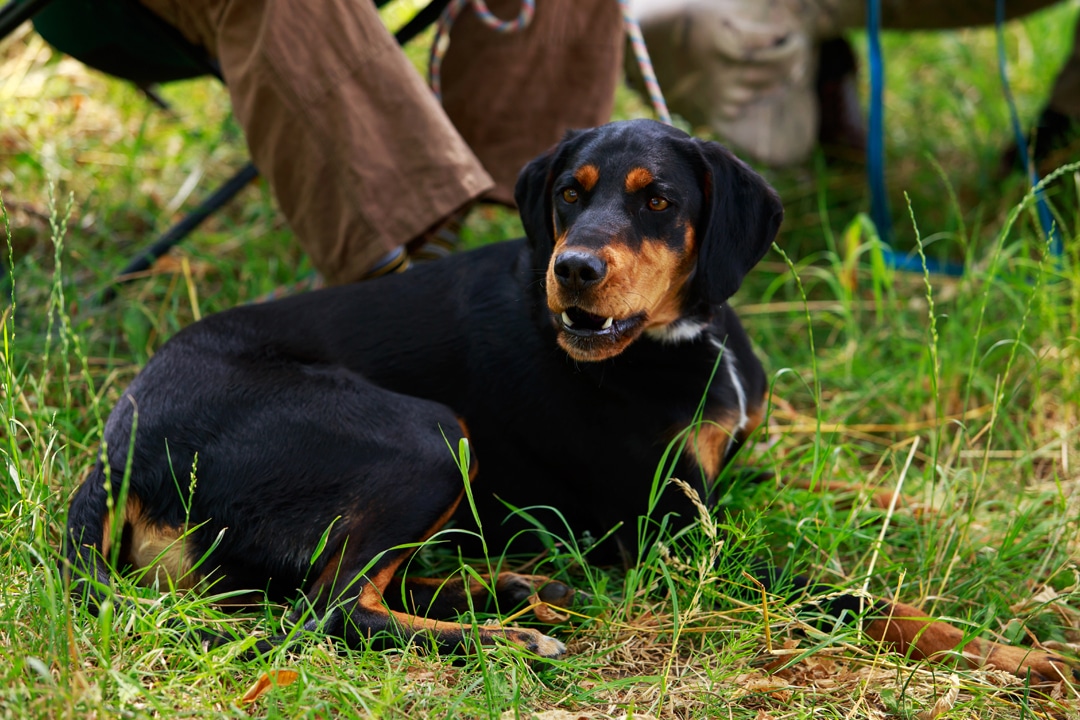
Origin & History
The Slovakian hound is one of the oldest dog breeds in Europe. It originally comes from the mountainous regions of Slovakia. They have been used there for a very long time for hunting and to protect homes and farms. The Celtic Hound is considered to be the ancestor of the breed.
The appearance of the Slovakian hound was not uniform for a long time. When breeding, attention was only paid to the characteristics that made these intelligent dogs such popular hunting dogs. It was not until 1936 that the first breeding show was held to find suitable dogs for controlled breeding. We have Kolomon Slimák to thank for these efforts.
The first breed standard was established in 1940. After the Second World War, passionate breeders from central Slovakia and the Spis region in particular drove breeding forward. They set themselves the goal of improving the breed's conformation and performance. In 1963, the Slovakian hound was officially recognized by the FCI.
While the Slovakian hound is very well known and proudly presented in Slovakia today, the breed is still rather unknown in Germany. In the past, this independent hunting dog was only known in the GDR. After reunification, it also became better known among hunters in the rest of Germany. But still hardly any dog owner who has nothing to do with hunting is familiar with this stubborn bundle of energy.

